For people with diabetes, choosing food during Tet is very important to control blood sugar and avoid dangerous complications.
Medical news January 31: Control blood sugar, avoid diabetes complications during Tet
For people with diabetes, choosing food during Tet is very important to control blood sugar and avoid dangerous complications.
What should people with diabetes pay attention to in Tet dishes?
Tet brings joy of reunion, but it is also an occasion that can easily cause risks for people with diabetes. Hearty meals, rich in starch, sugar and fat, along with changes in lifestyle habits during Tet, can increase the risk of high blood sugar and serious complications.
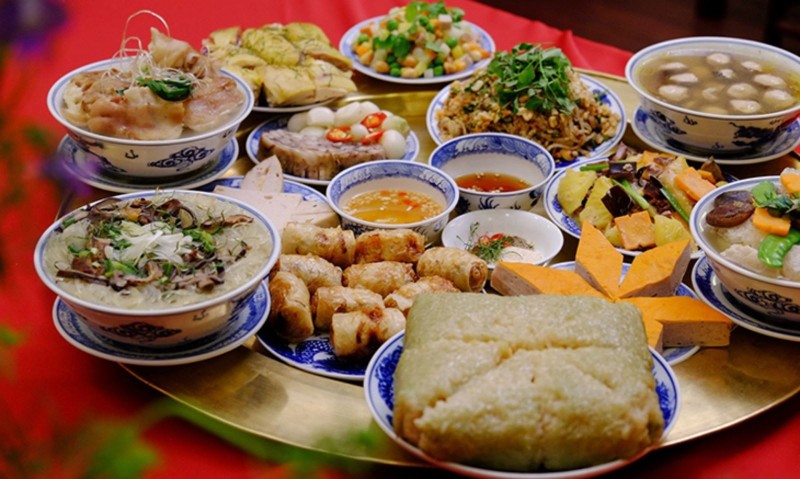 |
| During Tet, diabetics need to check their blood sugar regularly to detect early signs of hyperglycemia or hypoglycemia. |
Traditional dishes such as banh chung, banh tet, braised pork, sticky rice, boiled chicken, spring rolls, Chinese sausage, pickled onions, etc. are not ideal choices for diabetics.
Furthermore, eating more, being less active and changing mealtimes will lead to weight gain, increased blood sugar levels and reduced control. Cold weather during Tet can also reduce the effectiveness of insulin, causing high blood sugar levels.
In particular, traveling far or changing mealtimes can lead to hypoglycemia, causing the risk of acute complications such as ketoacidosis, increased blood osmotic pressure, or coma.
To control blood sugar well during Tet, diabetics need to pay attention to the following: Eat starch properly: Dishes such as sticky rice, banh chung, and vermicelli have a high glycemic index. Diabetics should eat with lots of green vegetables and protein-rich foods to help starch absorb slowly, avoiding sudden increases in blood sugar.
Understanding the amount of starch in each food will help diabetics control their diet appropriately. For example, when eating potatoes or taro, you need to reduce the rice portion accordingly and add more green vegetables to maintain stable blood sugar.
Diabetics should prepare fresh vegetables such as lettuce, cucumber, tomato, squash, cauliflower, etc. to add to each meal. Vegetables can be prepared in many ways such as steaming, boiling, stir-frying, or making soup, helping to increase fiber and vitamins without increasing blood sugar.
Greasy foods such as fried spring rolls, pork ear sausage, braised pork, etc. contain a lot of cholesterol and energy. Patients should eat in moderation, prioritize low-fat foods and prepare them using healthy cooking methods such as steaming or boiling.
Pickles, kimchi, and pickled onions often contain a lot of salt and sugar. Although they can help stimulate the taste buds and digestion, they are not good for diabetics and can easily increase blood sugar.
Diabetics should choose low-sugar, high-fiber fruits such as grapefruit, apples, strawberries, dragon fruit, oranges, papaya, etc. and eat them directly instead of juicing or eating dried fruit.
Instead of jams, candies, and dried fruits, patients can choose unsalted nuts such as almonds, walnuts, cashews, etc. These are snacks rich in healthy fats and help control blood sugar.
Alcohol and beer can cause blood sugar fluctuations, affecting diabetes control. People with diabetes should drink alcohol and beer in reasonable amounts, and should not drink on an empty stomach.
Bottled soft drinks contain a lot of sugar and will cause blood sugar to rise rapidly. People with diabetes should avoid sugary drinks.
During Tet, people with diabetes need to check their blood sugar regularly to detect early signs of hyperglycemia or hypoglycemia. This helps to adjust their diet in time, preventing complications.
Warning about choking on food and foreign objects in children, which is dangerous during Tet
The Lunar New Year is a long holiday, when children often play, have fun and eat freely. However, this is also the time when the risk of choking on food and foreign objects in young children increases, especially when children are not closely supervised while eating and drinking.
According to information from Quang Ninh Obstetrics and Pediatrics Hospital, during the recent Tet holidays, doctors received and promptly treated a number of cases of choking on foreign objects in the airway, including serious cases: Case 1 was a 15-month-old baby who choked on porridge in the airway, leading to high fever, pneumonia, bronchitis, and respiratory failure.
The child had to be hospitalized and doctors performed an emergency bronchoscopy to suction, flush, and remove solid food and pseudomembrane fluid from the airway. Case 2 was another child who had a large, sharp fish bone stuck in his throat. After the endoscopy to remove the foreign object, the child's health stabilized.
Choking on a foreign object in the airway is a very dangerous accident. Depending on the severity, the person choking on a foreign object may only have a cough, turn purple, or more seriously, pneumonia, respiratory failure. If not treated promptly, this condition can lead to dangerous complications, even death.
Doctors recommend that families pay special attention to supervising young children when eating, especially children under 6 years old. In addition to food, household objects such as peanuts, corn kernels, fish bones, shrimp shells, plastic toy pieces, etc. can all become dangerous foreign objects to children's airways.
Some common causes of choking on foreign objects in children include foods such as peanuts, fish bones, shrimp and crab shells, small, sharp objects from toys, pieces of bones, pieces of plastic, or other household items.
Children between the ages of 6 months and 3 years are very curious and often put toys in their mouths. Without adult supervision, children can easily choke on foreign objects and cannot resolve the problem themselves.
When a child chokes on food or foreign objects, parents need to stay calm and take the following steps to rescue them in time: When a child chokes on food (porridge, milk, soup...): Place the child face down on an adult's arm or leg, keeping the neck straight and the head down. Pat the child's back (between the shoulder blades) 5-7 times to stimulate coughing, helping to push the foreign object out.
When a child is choking on a hard foreign object (fish bone, small bone, toy...): Hold the child, turn the child face down, and locate the foreign object. Pat the child's back hard (between the shoulder blades) about 5-7 times to push the foreign object out.
If after back blows, the child still has difficulty breathing or turns blue: Lay the child on his back, use two index fingers to quickly and firmly press on the sternum to create force, helping to push the foreign object out. If the child is choking on food, carefully suck out the fluid flowing from the nose and mouth to clear the airway.
Do not place the child on his back or stroke his chest down when he is choking on a foreign object, as this can cause the foreign object to fall deeper, even into the lungs. After handling, immediately take the child to a specialized medical facility for timely treatment.
Choking on foreign objects in children can happen at any time, especially during Tet when children are playing freely and families often pay less attention to supervision. Parents need to be more vigilant and take preventive measures, as well as understand how to handle emergency situations. The important thing is to always stay calm and act quickly to protect the health and life of children.
Beauty treatment to bring good luck, teenager suffers severe allergy
HXM (17 years old, Dong Nai ) had a serious allergic reaction, causing her face to swell, itch, and burn after using hair removal cream between her eyebrows to "get rid of bad luck and welcome good luck".
M. was born in the year of the Pig and was taken to see a fortune teller by his mother. The fortune teller said that in 2025, M. will encounter the bad star Thai Tue. M.'s mother shared: "The fortune teller said that my son has eyebrows that grow close together, covering the forehead and the Quan Loc palace, so he is prone to bad luck. This area needs to be opened up to bring good luck. Next year, M. will take the university entrance exam and will encounter the Thai Tue star again, so I am very worried."
Following her mother's advice, M. tried to remove the hair between her eyebrows. At first, M. used a razor, but after a few days the hair grew back thicker and harder. Then, M.'s mother bought hair removal cream online for her to use. However, after 30 minutes, M. experienced severe irritation, with her face itching and swelling. M.'s mother took her to a Dermatology - Cosmetic Dermatology specialist for examination.
Dr. Phan Son Long, a dermatologist and skin specialist at Tam Anh General Hospital in Ho Chi Minh City, said that facial skin is thin and sensitive, easily irritated by chemicals in hair removal creams. Hair removal near the eyes is very dangerous because it can cause eye damage.
Mr. PNL, 33 years old, started a business selling motorbike spare parts in 2023 but has not yet made a profit. In early 2025, he happened to watch a video about moles on social media and noticed that he had moles in the corners of his eyes and on the sides of his nose.
Many people advised him that "a mole in the corner of the eye is a bad omen, easily leading to financial ruin and business failure, and a black mole on the side of the nose often leads to financial difficulties." Mr. L. was worried, believing that removing the mole would help improve his fortune and business situation.
He bought a mole removal solution and applied it to the mole on his nose. After feeling the pain and burning sensation, he did not dare to continue with the mole on the corner of his eye. After a few hours, the wing of his nose was red, swollen, painful and oozing, forcing him to go to the hospital for a check-up.
Dr. Long confirmed that Mr. L. suffered a chemical burn (possibly acid), causing inflammation and redness. If not treated promptly, this condition could spread and affect the underlying structures. If Mr. L. used acid on his eyes, it could lead to damage, infection, and even blindness.
Doctor Long said that during the Lunar New Year, the demand for physiognomy and appearance improvement increases, not only among young people but also among middle-aged people. Many people believe that changing their appearance not only helps improve their appearance but also opens up good luck for the new year.
However, self-care at home such as removing moles, birthmarks, or facial hair can lead to serious complications, including skin damage, infection, scarring, and even blindness if not done properly.
Medical cosmetic methods are currently popular because they are minimally invasive, fast and effective, helping to improve appearance without losing natural features.
Dr. Long recommends that, to ensure safety, people should choose reputable medical facilities with adequate equipment and experienced doctors. In particular, sensitive skin areas such as the brows, eyebrows and nose are prone to complications if not performed properly.
Source: https://baodautu.vn/tin-moi-y-te-ngay-311-kiem-soat-duong-huyet-tranh-bien-chung-tieu-duong-dip-tet-d243732.html










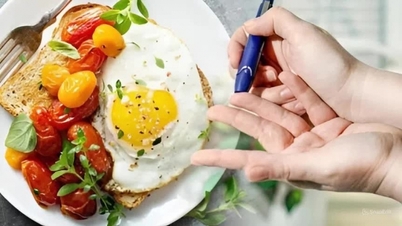

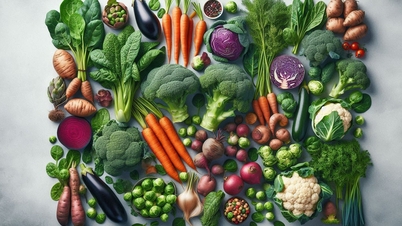



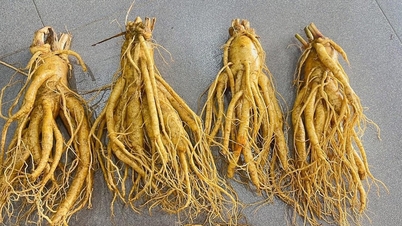




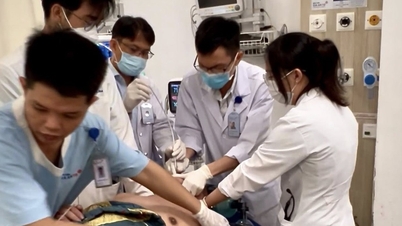





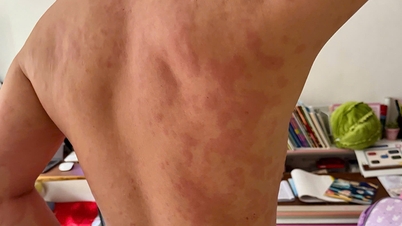














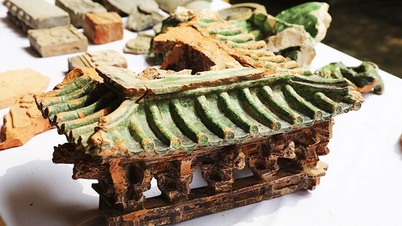
































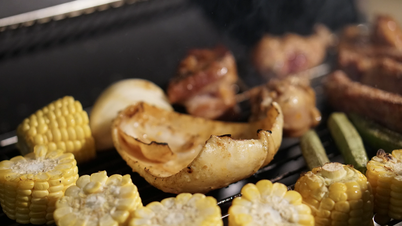














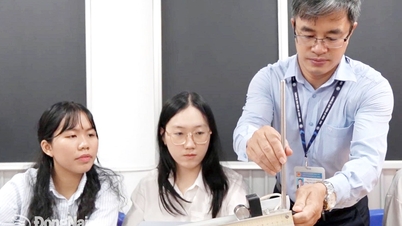








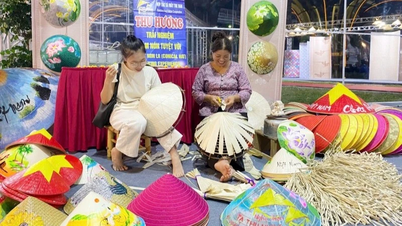














Comment (0)